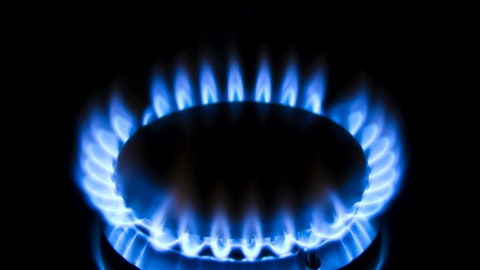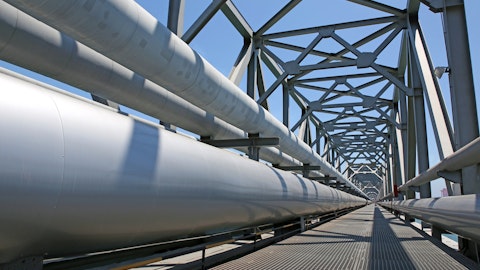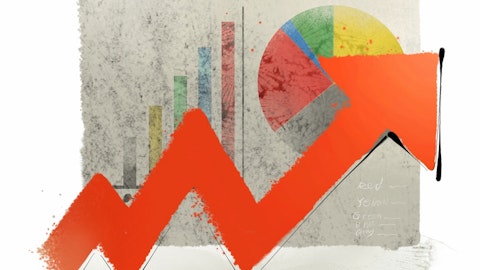Ferrellgas Partners LP (NYSE:FGP) had a Dividend Safety Score of 12 at the time of its disappointing quarterly earnings release. Scores below 20 get my attention and can be a signal that there is something unhealthy about a company’s business.
Of course, no scoring system should ever be blindly followed, nor will any system ever by completely correct (learn more about Dividend Safety Scores and view their real-time track record here).
Instead, further investigation should be done for low-scoring businesses to decide if their risk is worth taking.
Reviewing a company’s recent quarterly results, skimming its earnings call transcript for information about the dividend’s coverage, and flipping through its investor presentation (when available) don’t require much time but can provide important clues.
In Ferrellgas’s case, much of its pain was self-induced. The company’s propane distribution business has been a reliable cash flow generator, but its results were volatile based on weather conditions.
Warmer than usual weather reduces demand for propane, and management was interested in diversifying the business to create smoother results and opportunities for growth.
After a very mild winter in 2012, FGP began searching for ways to diversify. The company acquired a salt water disposal business (2) for $127 million in 2014, setting the foundation for its midstream operations.
Then, in June 2015, Ferrellgas went big and acquired Bridger Logistics, a provider of trucking, pipeline, rail, and maritime transportation logistics for oil. FGP paid $837.5 million for the company, taking on significant debt to boost its oil transportation operations.
Financial leverage is one of the most dangerous factors that can destroy a stock (see five other tips on how to find safer stocks here).
Companies will protect their credit ratings and make debt payments before paying dividends. If a business falls on hard times and doesn’t have the cash to continue financing its operations, its stock price can plunge.
Unfortunately for Ferrellgas, propane demand dropped this past year due to record warm temperatures. Here is what founder and interim CEO James Ferrell said:
“As we highlighted last quarter, record temperatures across the nation continue to have an adverse impact on the propane sector of our company and low oil prices have seriously damaged our midstream sector. In particular, unusually warm winters over the past two years drove down propane sales across all our geographies, and low crude oil prices have negatively impacted our midstream logistics business.”
The company’s leverage ratio increased to roughly 5.5x debt / EBITDA, which was the limit allowed by its creditors.
As seen below, FGP’s long-term debt to capital ratio has steadily increased over the past decade. As of last quarter, the company held just $5 million in cash on hand compared to $2 billion of debt and $138 million in interest payments over the last year.

Source: Simply Safe Dividends
The company also relied on issuing new units to fund the business. This can work unless investors lose confidence in the business, sending its stock price plunging and raising the cost of equity too high.

Source: Simply Safe Dividends
If Ferrellgas hadn’t made its ill-timed entry into the midstream sector for diversification purposes, it likely would have been able to weather this storm.
However, its timing and choice of acquisition were far from ideal.
The purchase of Bridger Logistics stretched the balance sheet too far, a number of very complicated management and legal issues arose, and low oil prices made some its midstream operations of little value (it was no longer as economical (3) to deliver oil by rail, and a major player decided to stop making payments on a key minimum volume commitment contract).
Sean Kellmurray explained the various complexities and shortcoming of the deal very well in his Seeking Alpha article here.
The end result was that Ferrellgas drastically needed to reduce its leverage, and the fastest and easiest way to do that is by reducing its quarterly distribution.




